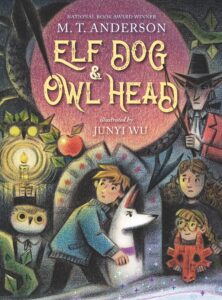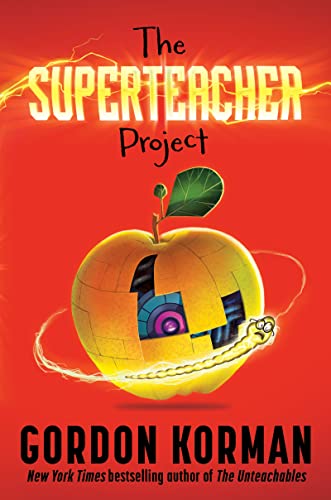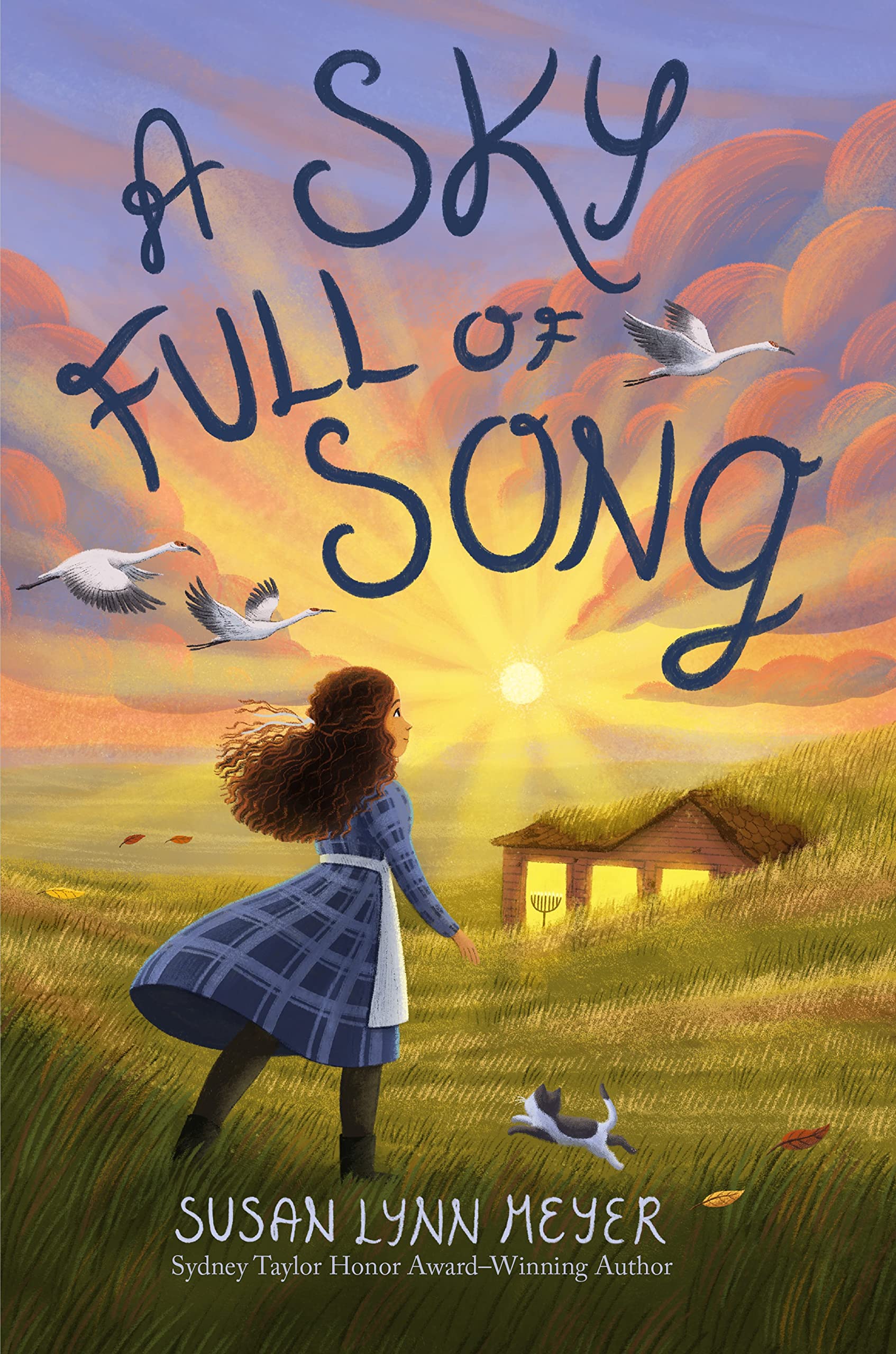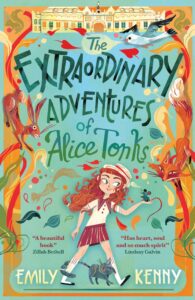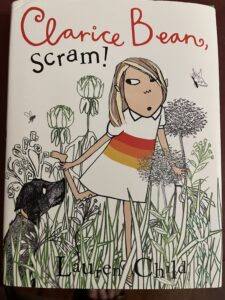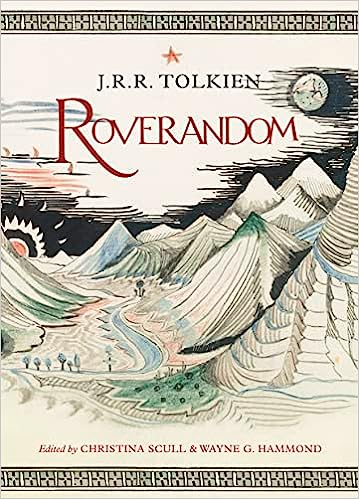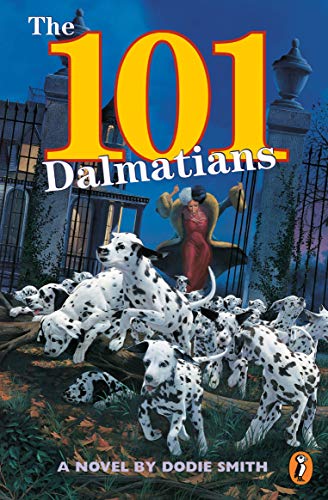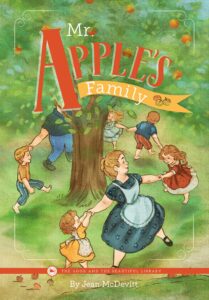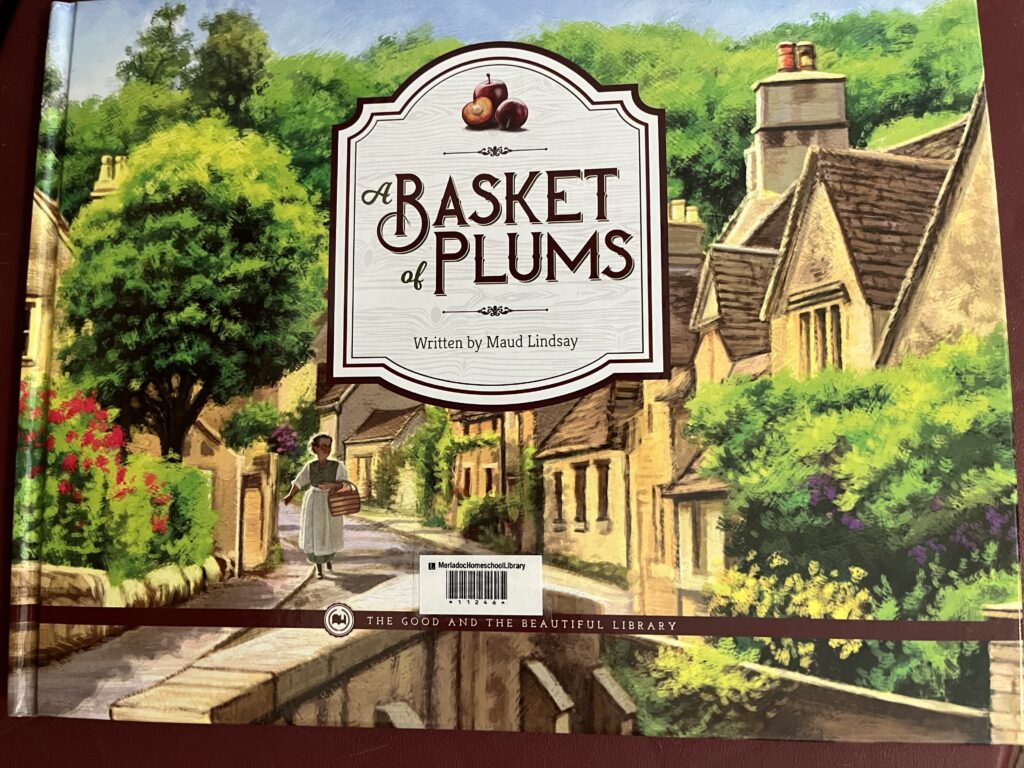M.T. Anderson took his dreams and his nightmares mixed with a goodly helping of imagination and fairy tales and wrote this story about a twelve year old boy named Clay who finds a mysterious dog in the woods. Clay also makes a friend, Amos the Owl-Head Boy, and he and Amos and Elphinore the Elf Dog have an exciting and perilous adventure.
This story is weird, so if you’re not into weird imaginings, it won’t be the best choice for you. But if you can go with the story and let your imagination run wild, so to speak, you just might enjoy this sometimes meandering, sometimes fast and furious, tale of boy and his dog. I had to tell myself to let go of my expectations and just enjoy the story for what it is: a fun romp about how reality and faery might meet and become intertwined.
The only negative thing I have to say about this middle grade fiction book is that the children–Clay has two sisters, one older and one younger–in the story are very much the nasty and insulting siblings that many expect siblings to be. Clay’s older teenage sister, DiRossi, is a brat whose stereotypical adolescent anger and ugliness is exacerbated by the “worldwide sickness” that has trapped Clay’s family at home together for weeks. Clay’s younger sister Juniper is better, but Clay and DIRossi treat Juniper with disdain and unpleasantness. I wish Mr. Anderson had left out the insulting banter and the teen angst.
I still would recommend this story if you think you can overlook the sibling infighting. The children do come together in the end, and all’s well that ends well. But it’s only after Clay has learned about friendship and adventures and the price that must be paid to make wishes come true.
“Amos and Clay stared out into the heart of an underground palace. The castle towers were so high that several went right into the roof of the cavern. The whole cavern was lit softly by some kind of artificial sun–a gemstone stuck in the ceiling. . . . Clay felt weird, being so far beneath Mount Norumbega. He had been living all his life above this secret city. His little house and his quiet, boring days all went on like normal, and own here, there were miracles.”
